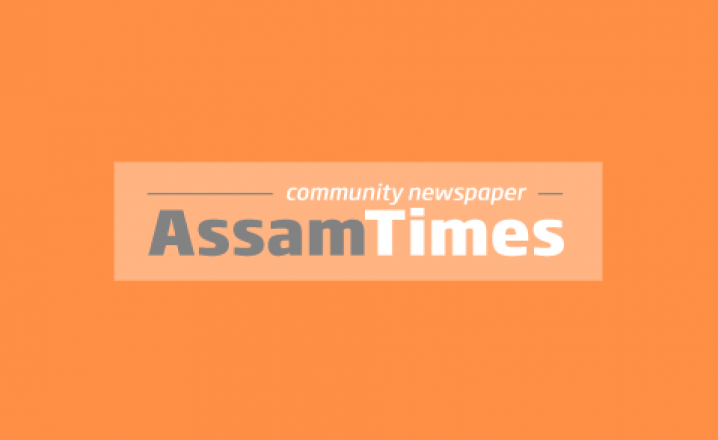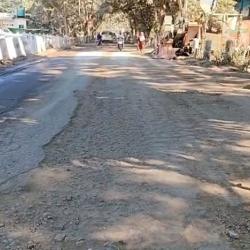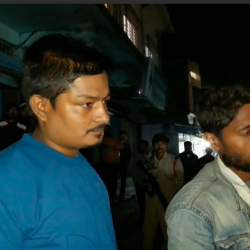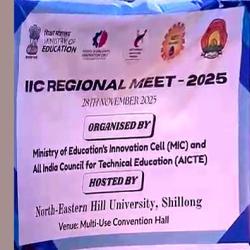A friend of mine often relates to me of the surprising looks she invites whenever she speaks in Assamese in places other than North-East India. She surmises it might be because of her strong Mongoloid features. My experiences are no different. Whenever I venture outside the region, people find it hard to believe I am Assamese because of my well-built Caucasian looks.
Need we blame someone for this ignorance? For many people from the North-East, be it from any tribe, clan or community, it has become a habit to pass on the parcel to the so called ‘mainstream’ or the ‘Centre’. Let’s look at ourselves first. The reason behind such ignorance might be associated with lack of adequate representation, exposure, promotion or reluctance to celebrate heterogenousity. The world knows of the US to be the melting pot of different races. The intermingling is around 500 years old. But, this phenomenon dates back to around 5000 years in the case of Assam. And the world is oblivious of it. Till a few decades back, being American meant the English speaking White man. Not anymore. Likewise, generalization of the Assamese in terms of looks is not a reliable thing to do. For a heterogenous society, identity doesn’t repose in one’s looks. It is more about choice and the way one asserts himself or herself in the wider canvas.
The entire game of defining the Assamese identity was a shrewd tactic to retain the ‘vote-bank’ population which has been promoted for political gains since the post-independent era. On August 15, 1985, the All Assam Students’ Union (AASU) led by former CM of Assam Prafulla Kumar Mahanta signed the historic Assam Accord in the presence of the then Prime Minister late Rajiv Gandhi. The twist lay in Clause 6 of the Accord wherein was the provision for providing Constitutional safeguards to the Assamese people. Now the question, Who are the Assamese? The game plan received a shot in the arm when the All Bodo Students’ Union (ABSU) and some tribal organizations objected to the collective identity reflected by the term ‘Assamese’.
Initially, three options were suggested by the AASU --- (a) when British rule started in 1826, (b) when India became independent, and (c) when the Constitution of India was adopted. Later, the AASU decided that the persons whose names were enlisted in the National Register of Citizens (NRC) of 1951 should be considered Assamese.
The AASU could have saved much of its exercise in finding a definition of Assamese if the then ‘student’ leaders led by Prafulla Kumar Mahanta showed a glimpse of wit. The entire ball game of defining an Assamese would have had a boomerang effect if the former student leaders asked for a definination of a Maharashtrian, a Punjabi, a Bengali or an Indian, in the lines of which a definition of an Assamese could be ascertained. But that was not to be. Instead, the issue has been dragged for as long as 25 years and more. As if round and round of talks were not enough, even the apex literary body of the state, The Asam Sahitya Sabha was also asked to search for a definition of Assamese. First of all, do we need to give so much of thought over an issue thrust by a ministry from beyond this region. We know who we are. Yet we are scrambling for definition. The only way out is to ask the Union Ministry to set definitions for the people of other states of India. Once that is done, Assam would follow suite.
For, if the Government of West Bengal is asked to define who a Bengali is, whom would the authorities point to? Would it be the tribal Santhal villager residing in Bolpur near Shantiniketan, or the former Chief Minister Jyoti Basu holding sway in the capital Kolkata? Again, if the Government of Orissa is asked to find a definition of Oriya identity, what might be the possible answer? Who would be called as Oriya --- the tribal Kandha in Kandhamal or Chief Minister Naveen Pattanaik, who happens to be a Brahmin? Same holds true for any State in India. In Tamil Nadu, who is the Tamil --- the Irula tribal or Mr. Iyenger of Chennai? In Maharashtra, who is the Marathi manoos --- the Kurku tribal in Amravati or the Tendulkar family in Pune?
Since more than the last two decades, the Union Home Ministry comes up with the issue of defining the Assamese from time to time. The same has to show the way by defining who an Indian is --- the Jarawa tribal from the Andamans or former Union Home Minister Shivraj Patil ; the Gond from Madhya Pradesh or Prime Minister late Rajiv Gandhi? Where does Indianness lie --- in the lifestyle of the likes of Sonia Gandhi, Sushma Swaraj or that of the tribal Bhil women?
The less the Assamese ponder over the definition of identity, the happier the society would be.
This is a form of crisis a multi-cultural, multi-racial society faces in the wake of mass migration over a prolonged period of time. Another group of people facing the same shakiness in identity since the later part of the 20th century are the British. In 2005, the Commission for Racial Equality published a report entitled ‘Citizenship and Belonging: What is Britishness?’ It was aimed to examine the way in which British people of different ethnic backgrounds thought about Britishness. The Commission reported that, “As White people involved in the study were asked to talk about Britishness, many immediately and spontaneously changed the topic of discussion slightly talking instead about a perceived decline in Britishness. This happened in all focus groups with White people. They attributed the decline to four main causes: the arrival of large numbers of migrants; the ‘unfair’ claims made by people from ethnic minorities on the welfare state; the rise in moral pluralism; and the failure to manage ethnic minority groups properly, due to what participants called political correctness.” From being Equally Scottish and British, to more Scottish than British, to more British than Scottish, to Scottish not British, or again to equally Scottish and British, identity equations has seen fluctuations in different periods of history in the island nation.
One of the best definitions of Assamese put forward by Ranjit Shekhar Mooshahary, former Chief Information Commissioner of Assam and present Governor of Meghalaya goes like this, “Let us agree to define the Assamese people as those people of Assam whose languages, cultures, social practices and festivals originated/developed in the State and are exclusive to it, and who are ordinarily residents of the State in continuity of its historical heritage as distinct from others who are without these identities. It may not be the best of definitions, but it will include all the ethnic groups who need to promote, preserve and protect their cultural, social, linguistic identity and heritage before they are submerged by the increasing waves of migrant population.”
- Add new comment
- 57081 reads









Comments
Nepalis are migrant
Pages
Add new comment